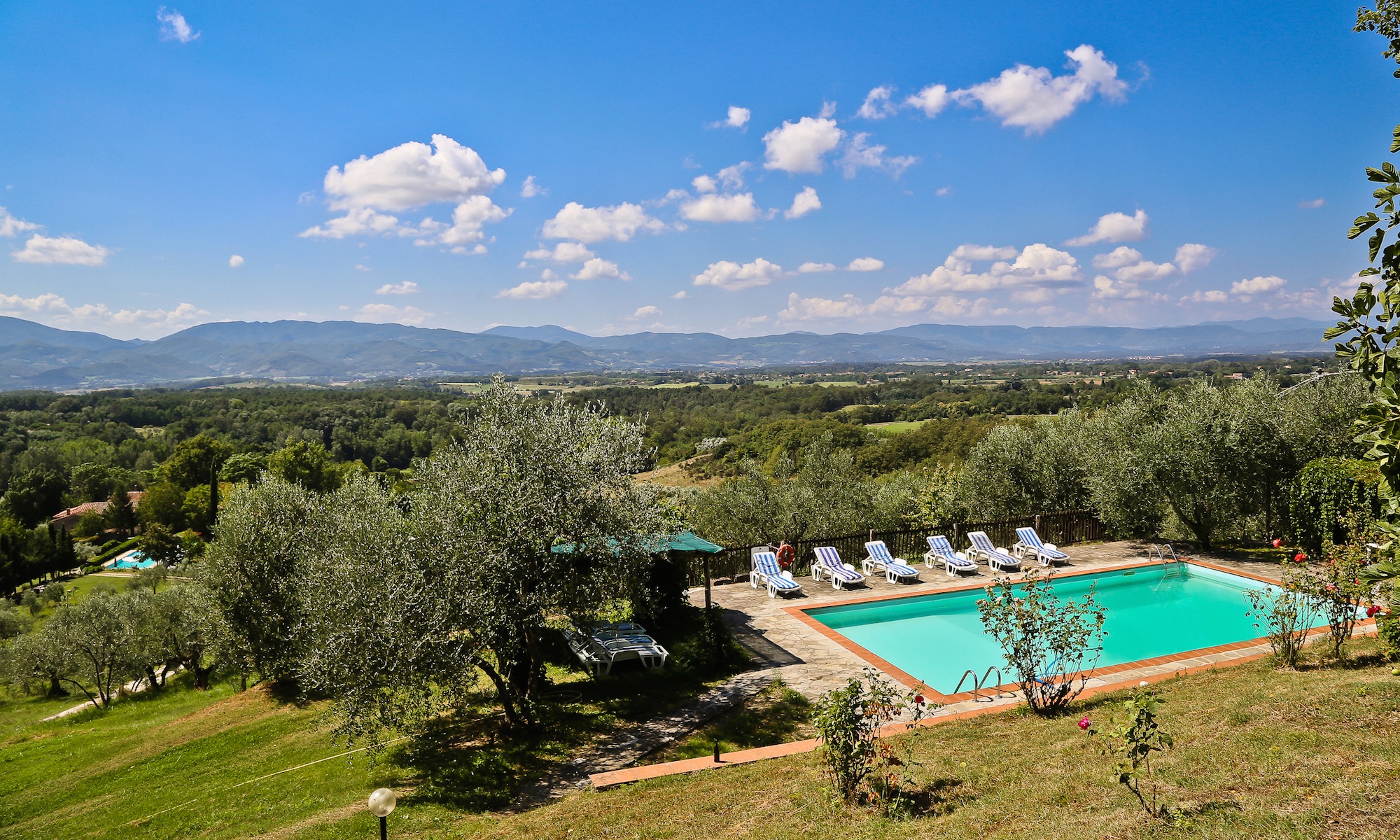After seven years of intense experiments, Aperol was launched on the market in June 1919. Little did the producers imagine that their herbal liquor would become worldwide known in the coming decades.
Padua, 10-30 June 1919,
Prima Fiera di Campioni (the First Champions’ Fair)
After the First World War, the entrepreneurs of Padua wanted to bring the city back to life after the recent difficult times. Padua was meant to become a key player of the economy of the Region of Veneto, a crossing point for trade for all Northern Italy. The Champions’ Fair was therefore born and it still is Italy’s oldest international fair.


The Barbieri brothers (who had bought a local distillery at the end of the 19th century and changed it into the Industria Liquori S.A. Flli. Barbieri)) had been experimenting a new product using herbal extracts for seven long years before the fair. Probably they were inspired by Padua’s extremely long tradition in the field of botanics as the city is home to world’s oldest Botanical Gardens dating from 1545 – still to be found on the original grounds. The twenty days Fair in June 1919 was the best opportunity to present the new liquor to the market. (Coincidence or not, Aperol has the same vibrant orange colour as the first poster of the Fair – see above).


Aperol’s main ingredients are orange, quinine cordial, gentian and rhubarb, along with other herbs and roots. Until the early 1950 it was mainly served as a digestive liquor, extremely pleasant and popular due to the low alcoholic strength, just 11C.



The International Bartenders’ Association lists the Aperol based cocktail, the “Aperol spritz”, as a Venetian drink. As Venice asserted its economic supremacy in the Region of Veneto in the 1920-1930s, we can all presume that the Barbieri brothers sold a large share of their special liquor in all cafés and bars in the mysterious laguna. Venice was already known for its “spritz”, the mix of wine and water (or bitter or selz), a light drink that Austrian soldiers in the 1800s indirectly invented as they were asking inns owners to dilute the strong wines. With Aperol becoming more and more known and loved by everybody, the birth of Aperol spritz was natural.

Venice not only added the spritz part to Aperol, but also its famous chicchetti (chichéti in Venetian dialect), small pieces hence small bites. Aperol spritz time became therefore the best opportunity for a relaxing drink with friends, good small finger food and chatting.

On your way to our organic farm in Mugello, stop over in Padua – it is not only Aperol’s hometown 🙂 This historical city is world-known for Cappella degli Scrovegni, one of the most important pieces of pre-Renaissance art, Giotto’s sublime work. While tasting the local Aperol spritz and reading your guide book, you will discover that Giotto was born in Vicchio, just 15 minutes’ away from our agriturismo. Therefore coming here in Mugello makes more sense now!

We look forward to welcoming you at one of our of Aperol Spritz Parties by the pool, with lots of tasty Tuscan finger food, fun, energy and good company! Happy together!



This blog post was written out of our passion for this drink. No sponsorship from the Campary Group, owner of the Aperol brand, was involved. All information was gathered after several hours of online research, using photos available online for free.


